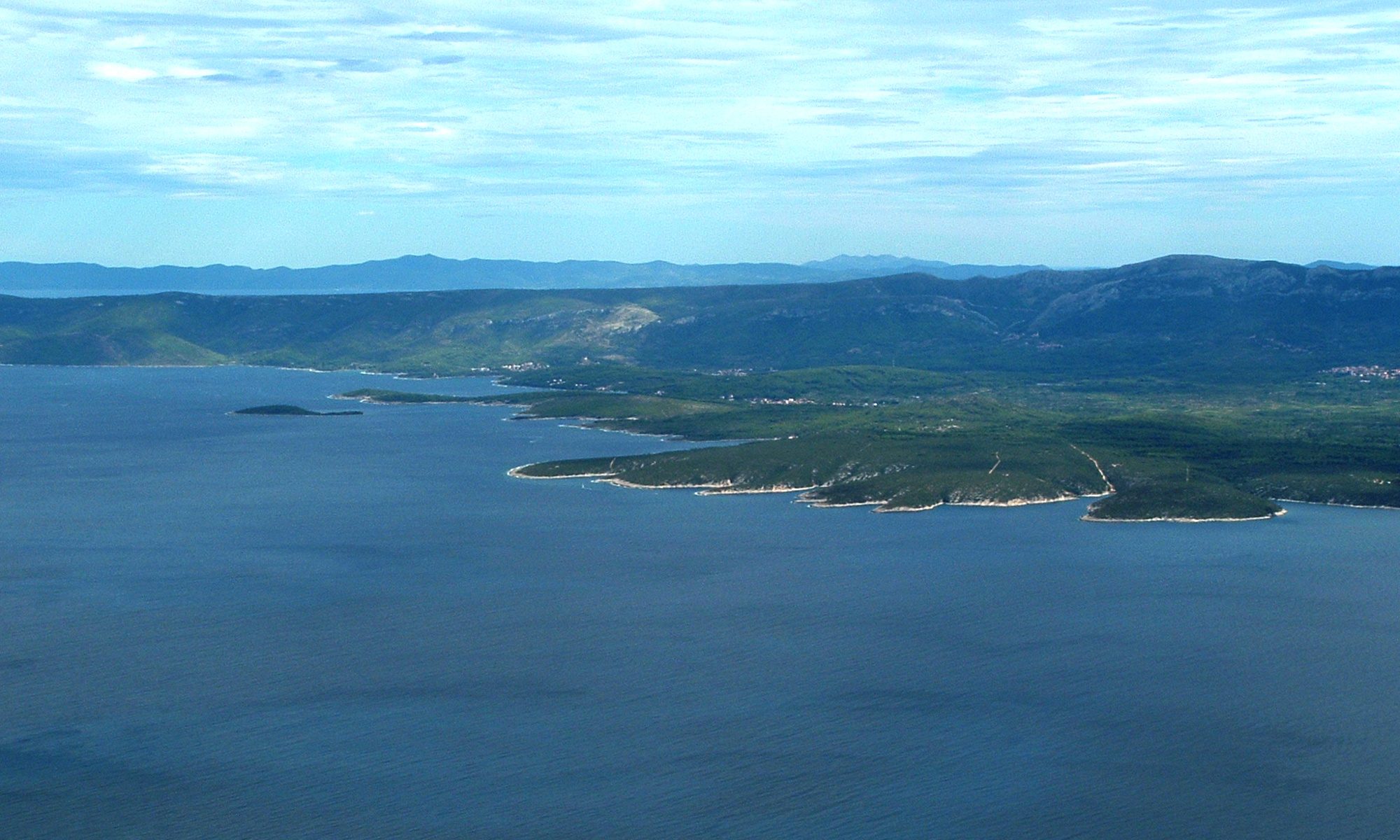Topographic Maps and Weather Information for Avalanche Prevention in Remote Mountainous Areas Utilizing a Collaborative Approach
Lukas Neugebauer, Karel Kriz | University of Vienna, Department of Geography and Regional Research, Cartography and GIS, Vienna, Austria
Keywords: avalanche prevention, remote mountainous areas, collaborative approach
Avalanche prevention is a key factor for the safety of winter sports enthusiasts. Danger assessment is hereby the basis and is used for in field decision support. Making such decision-making aids available to the public poses however major challenges for avalanche warning. Both the potential and the current avalanche danger, as well as their complex connection must be considered. The potential avalanche danger is strongly connected to the terrain’s relief; hence, high quality topographic maps support the detection of these areas. In contrast, appropriate weather data are necessary to estimate and predict the current avalanche danger. However, the quality of the communicational process decides whether this avalanche related and decision supporting information can be understood to prevent avalanche incidents or not.
To address these facts, only the approach of professional avalanche warning by official services in regions facing high winter tourism is currently being pursued worldwide. As this approach cannot or only with difficulty be implemented in remote mountainous areas due to resource constraints, it remains questionable how regions can be supplied with avalanche relevant information. One possibility is to pursue a participatory approach in which sustainability, free availability of all information and targeted applicability are given high priority. To meet these demands, an open system based on open data and crowd sourcing approaches is desirable.
In this contribution, the comparison between the data bases of official avalanche warning services and crowd sourcing based participatory methods will be discussed. Furthermore, the conceptual implementation of these approaches and methods will be presented.
